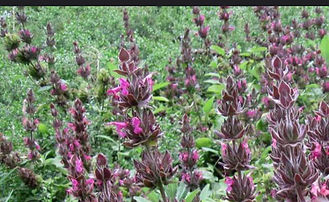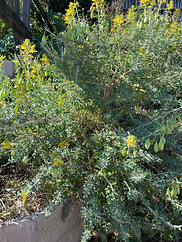Why Biodiversity Matters in Farming
Dive into the world of biodiversity and its significance in farming practices.
Benefits of Biodiversity
Biodiversity refers to the variety of life on Earth, including the diversity of species, ecosystems, and genetic diversity within species. It is important for humans because it provides us with essential resources such as food, medicine, and clean water. Bioversity also plays a crucial role in regulating the Earth's climate and maintaining a healthy environment for all living organisms. Biodiversity is a key indicator of the health of an ecosystem.
What happens when an area lacks biodiversity? Without a variety of plants and animals, the environment becomes less stable, causing disruptions in food chains, reduced resistance to pests and diseases, and even impacts the natural process of water filtration.
Permaculture is a system of agriculture that encourages the practice of growing many different types of food and plants to be together encouraging natural ecosystems to flourish. Food forests are one example of manmade ecosystems that mimic natural ecosystems and thus promote balanced, healthy places for food to grow.
It's important that biodiversity is practiced everywhere. Mono-cropping, as practiced by commercial agriculture, causes the need for pesticides and herbicides, basically poisoning our food supply and us. Our neighborhoods are filled with the same few plants, and over and over again a pest comes along and devastates a whole species of plants because they are unwisely over -planted.
Traditionally, when people think of food gardens, they think of plants in rows,
but that is not necessary. Large farms plant food in rows so that they can get
machines up the rows, but in your home garden feel free to plant in patches,
just giving yourself a 2' reach area to be able to reach your crops.


Native Plants in the City
Native plants are essential for maintaining a healthy and sustainable environment in the city. They provide food and shelter for local wildlife, help to pur the air and water, and require less maintenance than non-native species. By incorporating native plants into urban landscapes, we can create a more resilient and biodiverse ecosystem that benefits both humans and the natural world.
.jpg)




